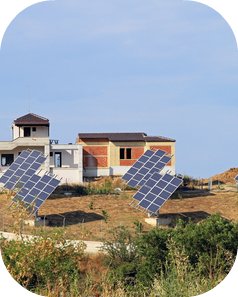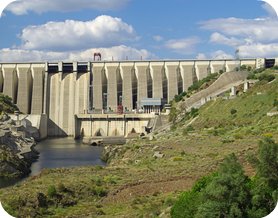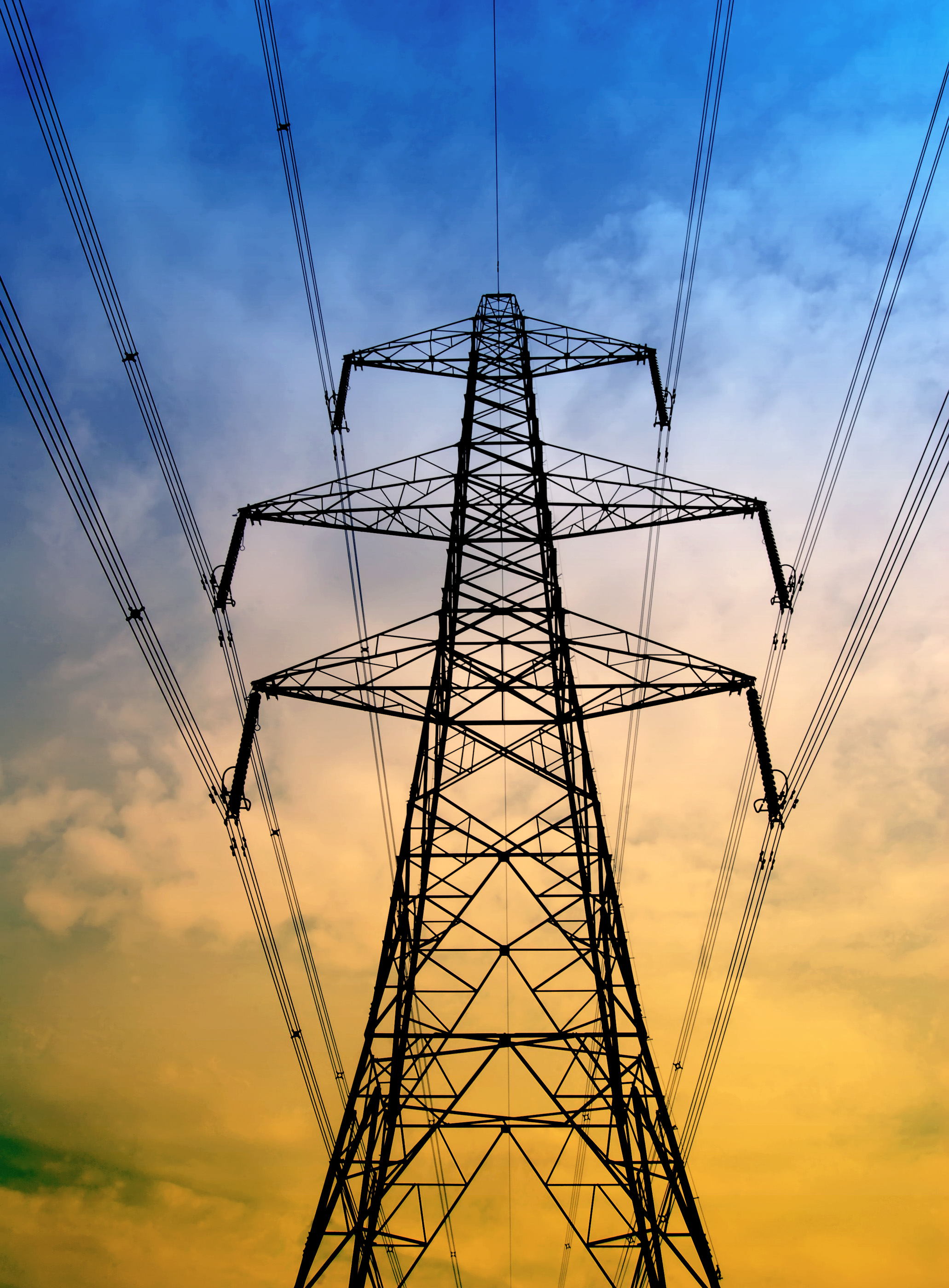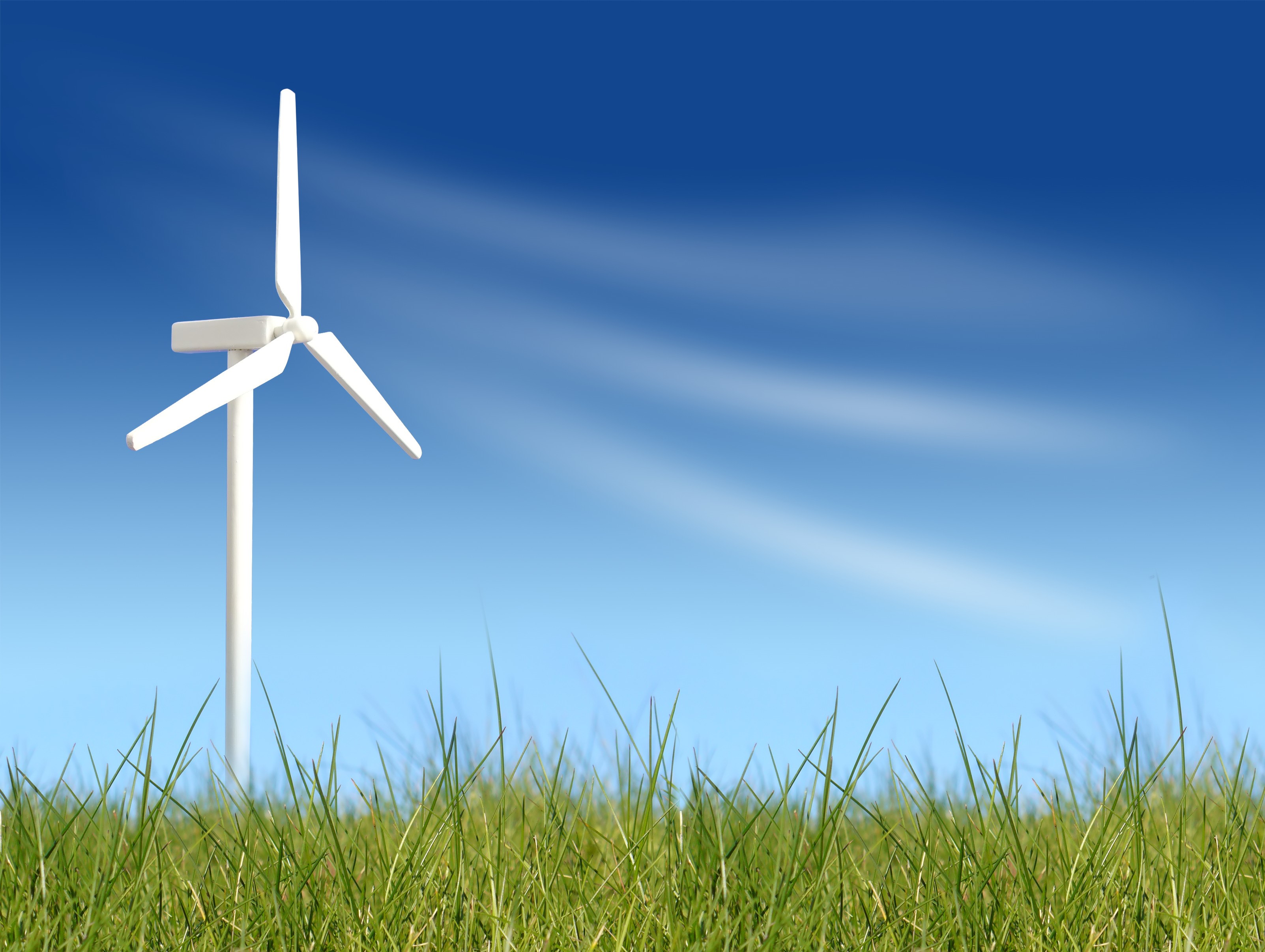Grid Insurance with Energy-Storage-Applications
Energy-Storage-Applications
To-day the many Energy-Storage-Applications and their technologies are allowing our electrical systems to run more efficiently ensuring less emissions, lower costs, more reliability, and long-term benefits.
Before the industrial revolution, the construction of intricate systems of reservoirs and dams to control the waterways, were to store and release water as a form of energy to drive mills for the processing of grain, or for powering machinery.
Now in the 21rst century these applications can be meticulously controlled with an exact rate of occurrence of the energy distributed, and they are closely regulated so that energy can be used on demand, thus ensuring the grid's everyday energy needs.
Home Energy
Homes using intermittent renewable energies such as solar or wind, and want to be self-sufficient need Home Energy storage. During daylight hours when the sun is shining or when the wind is blowing, energy from solar panels or wind turbines can be stored for later use for when demands are high, or for when power backup is needed.
The use of rechargeable battery systems are often used for storage with the Li-ion batteries being the better choice having much better performance, though more expensive than the Lead-acid ones. Rechargeable Power Pack Battery Systems such as the Tesla Motors, Tesla Power-wall Lithium-ion Pack can provide solar homes with storage and applications for load shifting and backup.
In homes that have low daily power consumption, electric vehicles (EVs) needing nightly recharging can make great use of these Energy- Storage-Applications. Another method for storing solar and wind, though less manageable is Thermal, which is considerably cheaper than batteries.

Air Conditioning
Air conditioning thermal Energy-Storage-Applications are mostly used for cooling large single buildings, or groups of smaller buildings. The use of low-cost electricity at night to freeze water into ice, and in the daytime using that ice to reduce the energy needed for air conditioning demands, makes thermal economical.
Heat pumps can be used with some systems to charge or discharge the storage energy which can include cold or heat from off-peak, low-cost electric power such as excess renewable electrical energy. This practice is called peak shaving.
In wintertime, cold air can be stored for air conditioning in the summer, with sometimes only circulation pumps being used, and in the summer, heat from solar collectors (panels) can be stored and used in the winter for space heating.
Grid Electricity

Pumped storage hydroelectricity is the most common method for grid electrical storage. This is done when the use of water stored in upper reservoirs that have been pumped from lower ones, can be used to balance the grid's generating load.
The pumps run during periods of low electrical demand when low-cost power is used to pump water back to upper reservoirs, this is usually done at night or on week-ends. When electricity demand is high, the water stored in the upper reservoirs is released through turbines and creates power energy.
Hydroelectric dams with large reserved bodies of water can store the water during low demand periods and release that water when demands are high, acting very much like pumped storage, with the exception that there is no pumping loss due to incoming river or stream water filling its reservoir.
Transportation
Developed as a power energy source, hydrogen can be produced, then compressed or liquefied and stored in underground caverns, salt domes, or dried up oil or gas fields. Hydrogen provides grid energy storage for wind and solar. The electricity from solar and wind produces hydrogen by electrolysis, which then converts it into liquids such as Methanol. Liquefied hydrogen can be used for transportation such as ships, air crafts, and road vehicles.
Electronics
Lithium-ion batteries are the choice when it comes to rechargeable batteries. Their many uses are the powering of laptops, mobile phones, and other electronics.
Super-capacitors are better than batteries for applications requiring high cycle life, and for applications that have charge, or discharge times of one second or less. They support a wide array of Energy-Storage-Applications from low supply current for portable electronics and medical devices, to powering for automobiles, heavy hybrids and other transportation uses, and they also have short term energy storage.
Other energy-storage technologies include, flywheels, compressed air energy, flow batteries, and liquid air energy.
The use of Energy-Storage-Applications can be the answer to the future of our electrical system's challenges and solutions, and can also play a vital role in the deliveries of tomorrows energies.

For more go to Energy Storage, see also Alternative-global-Energies
See Smart-grid


